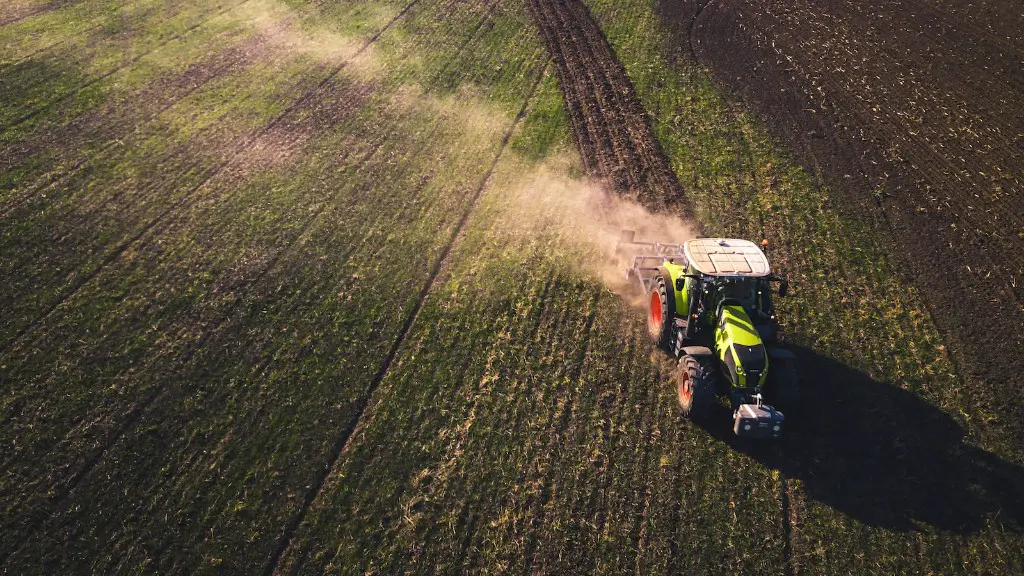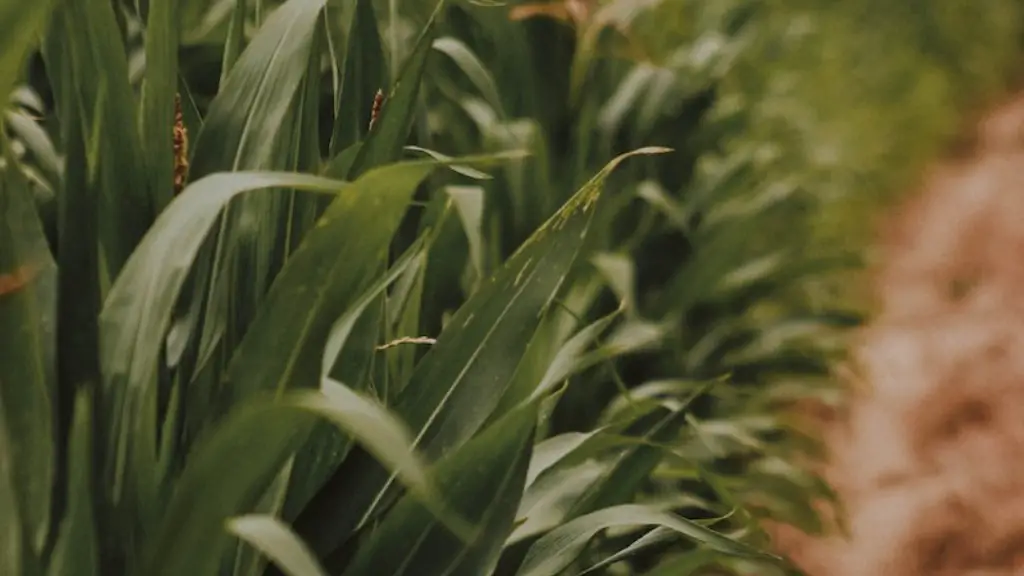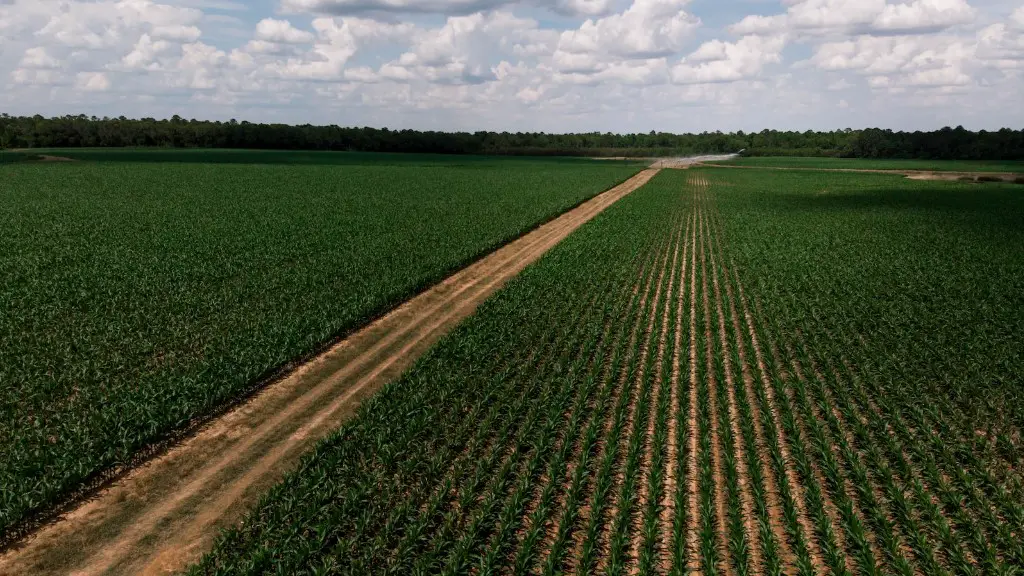The Agricultural industry has changed a lot throughout the years, but with the population ever-growing and the demand for food constantly on the rise, how can we make sure that our agricultural practices are sustainable? One way to do so is to start using more sustainable methods such as crop rotation, which can improve soil quality and reduce the need for water and fertilizer. Additionally, cover crops can protect against soil erosion and help reduce the amount of greenhouse gases emitted from the soil. Another way to make agriculture sustainable is to implement use irrigation systems that are more efficient in order to reduce water waste. Not only will these changes help make agriculture more sustainable, but they will also be better for the environment and the economy in the long run.
There is no one-size-fits-all answer to this question, as the steps required to make agriculture sustainable will vary depending on the specific context and situation. However, some general measures that could be taken to promote sustainability in agriculture include:
– Encouraging and supporting farmers in adopting sustainable practices, such as using more environmentally-friendly methods of crop production and animal husbandry.
– Providing financial incentives or subsidies to farmers who implement sustainable practices.
– Implementing policies or regulations that mandate or encourage sustainable practices in agriculture.
– Conducting research and development to identify and promote more efficient and sustainable methods of crop production.
– Increasing public awareness about the importance of sustainability in agriculture and the need to support farmers who are working to adopt sustainable practices.
What are the three methods of sustainable agriculture?
Sustainable agriculture is a type of farming that seeks to integrate three main objectives: a healthy environment, economic profitability, and social and economic equity. Practitioners of sustainable agriculture work to achieve these goals through a variety of methods, such as using natural fertilizers and pest controls, promoting crop diversity, and rotating crops.
Sustainable agricultural practices are those that protect the environment, expand the Earth’s natural resource base, and maintain and improve soil fertility. These practices are intended to be economically viable, so that farmers can make a living while also stewards of the land. The three main goals of sustainable agriculture are to increase profitable farm income, promote environmental stewardship, and improve the quality of life for farmers and their communities.
What are the 5 main components of sustainable agriculture
The key difference between sustainable farming and conventional farming is the approach to these main components. Sustainable farmers work with nature to build and maintain healthy soils, using techniques like crop rotation and cover crops. They also focus on using natural methods to control pests and diseases, like beneficial insects and traps. And they strive to minimize waste and pollution. In contrast, conventional farmers often use chemical-based approaches to these main components, which can harm the environment.
Sustainable agriculture is a type of agriculture that focuses on producing long-term crops and livestock while protecting the environment. It involves preventing adverse effects to soil, water, biodiversity, surrounding or downstream resources—as well as to those working or living on the farm or in neighboring areas. Elements of sustainable agriculture can include permaculture, agroforestry, mixed farming, multiple cropping, and crop rotation.
What is the most sustainable agriculture?
Permaculture is a sustainable farming practice that guarantees a green and environmentally friendly growth of vegetables and plants. It is based on the principles of ecology, biology, and anthropology.
Aquaponics is a sustainable farming practice that uses fish waste to fertilize plants. The waste is broken down by bacteria, and the nutrients are absorbed by the plants.
Hydroponics is a sustainable farming practice that grows plants in water without soil. The plants are fed by a nutrient-rich solution.
Using renewable energy resources, such as solar and wind power, to run farming operations is a sustainable farming practice. This reduces the reliance on fossil fuels and helps to protect the environment.
Crop rotation and polycultures are sustainable farming practices that help to improve soil health and increase crop yields. Crop rotation involves growing different crops in different areas of the farm each year. Polycultures involve growing multiple crops in the same area.
Trees can increase crop yields by providing shade and wind protection, and by improving soil health.
Wrapping it up, sustainable farming practices are those that are environmentally friendly and help to improve the health of the soil and the plants.
Sustainable farming methods are those that protect and restore the natural environment, while still being productive. They include practices such as crop rotation, using renewable energy sources, and using energy-efficient methods. These practices help to conserve resources, reduce pollution, and build soil health.
How can we solve agriculture problems?
farmers need to be very proactive in order to cope with the many problems they face, including climate change, soil erosion, and biodiversity loss. They also need to be able to satisfy consumers’ changing tastes and expectations, meet rising demand for more food of higher quality, and invest in farm productivity. Adopting and learning new technologies is also critical for success.
There is a need to develop high-yield crops in order to boost agricultural productivity. This can be done by increasing irrigation, using more fertilizers, and improving market access and regulations. Additionally, information technology can be used to better manage and monitor crops, and genetically modified crops can be adopted to improve yields. Finally, land ownership reform is needed to ensure that productivity gains are shared equitably and that all farmers have access to land.
How can we reduce the impact of agriculture on the environment
Climate change resilience can be improved by focusing on soil, plant, and animal health. Regenerative agriculture practices, such as no-till cultivation, not burning stubbles, and planting cover crops, can ensure that plants and soil are in the best condition to tolerate drought and erratic rainfall. These activities improve the overall health of the ecosystem, making it more resilient to the effects of climate change.
Good agricultural practices (GAPs) refer to a set of standards for farm management that aim to enhance the safety and quality of food products. GAPs include standards for animal health, milking hygiene, animal feeding and water, and animal welfare.
GAPs are important for ensuring the safety and quality of food products, and for protecting the environment. GAPs help to minimize the risk of foodborne illnesses, and to reduce the impact of agriculture on the environment.
The implementation of GAPs can be challenging, particularly for small-scale farmers. However, there are many resources available to help farmers implement GAPs on their farms.
What are 11 ways to improve agricultural productivity?
Implementation of land reforms is the first and predominant point for improving farming productivity. Land reforms can improve production by increasing the amount of land that is available for farming, by increasing the intensity of land use, or by making land use more efficient. Other ways to improve farming productivity include interplanting, planting more densely, planting many crops, raised beds, and smart water management. Heat tolerant varieties and use of nitrogen can also help to improve productivity.
The use of water, fertilizer, and pesticides has a significant impact on the environment. By reducing the amount of these chemicals used, we can help to protect natural ecosystems and reduce the amount of runoff into rivers and groundwater. This also helps to increase worker safety.
What should government do to improve agriculture
The government should continue to support and invest in land reform policies in order to make them more effective. In addition, more emphasis should be placed on planting densely, irrigation facilities, high-quality seeds, and green methods of pest control. Core cropping, better monitoring technology, and improved seeds can also help to improve the effectiveness of land reform policies.
Agricultural practices are essential for ensuring a bountiful harvest. The 7 steps involved in agricultural practices are mentioned below:
1. Ploughing: This is the first step in preparing the land for planting. It involves breaking up the soil so that the seeds can be planted.
2. Sowing: This is the second step and it involves planting the seeds in the prepared land.
3. Adding nutrients: This is the third step and it involves adding fertilizers and other nutrients to the soil to help the plants grow.
4. Irrigation: This is the fourth step and it involves watering the plants so that they can grow.
5. Protecting plants: This is the fifth step and it involves using pesticides and other methods to protect the plants from pests and diseases.
6. Harvesting: This is the sixth step and it involves harvesting the crops when they are ripe.
7. Storage: This is the seventh step and it involves storing the crops in a safe place so that they can be used later.
What is good agricultural practices in USA?
GAP certification is a voluntary program that helps farmers to implement sound food safety practices. The program involves an audit that checks for compliance with food safety standards. This helps to reduce the risk of microbial contamination in fruits, vegetables and nuts. GAP certification is important for ensuring that these foods are safe for consumption.
Loamy-textured soils are commonly described as medium textured with functionally-equal contributions of sand, silt, and clay. These medium-textured soils are often considered ideal for agriculture as they are easily cultivated by farmers and can be highly productive for crop growth. Loamy soils typically have high levels of organic matter, which is essential for plant growth, and are able to retain moisture and nutrients well.
Conclusion
There is no one-size-fits-all answer to this question, as the measures required to make agriculture sustainable will vary depending on the specific context and geographical location. However, some suggestions for making agriculture sustainable include:
-Reducing soil erosion and increasing soil fertility through practices such as crop rotation, cover crops, and composting
-Improving water management through irrigation methods that reduce water wastage
-Integrating pest management strategies that reduce the need for harmful chemical pesticides
-Encouraging more sustainable livestock practices, such as pasture-based grazing and humane treatment of animals
-Using sustainable farming practices that reduce the overall environmental impact of agriculture
There are many ways to make agriculture sustainable. One way is to use sustainable farming practices that minimize the impact on the environment. This can be done by using organic methods, rotating crops, and using natural pest control methods. Another way to make agriculture sustainable is to use more efficient irrigation systems that use less water. In addition, using alternative sources of energy such as solar and wind power can help to make agriculture more sustainable.





